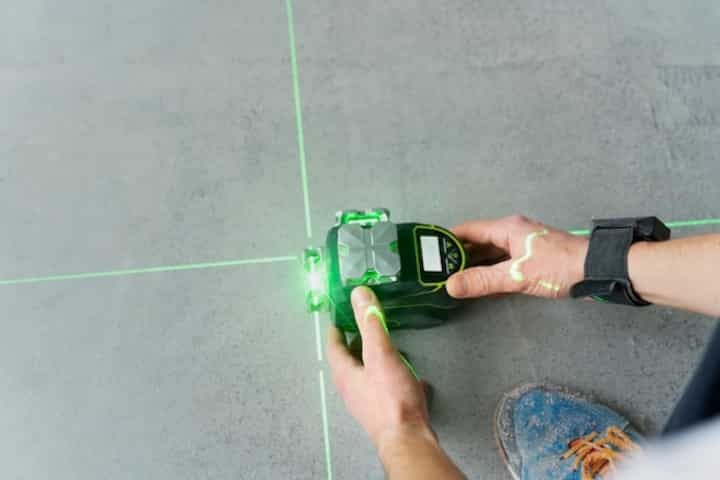
Discovering Mold The Benefits of Thermal Imaging Inspections
Mold infestation is a common problem that can severely impact indoor air quality and the structural integrity of buildings. Traditional methods of detecting mold often involve invasive procedures that can be both time-consuming and costly. However, advancements in technology have introduced thermal imaging inspections as an effective, non-invasive method for identifying moisture issues that could lead to mold growth. This article explores the benefits of thermal imaging inspections in mold detection and why this technology is becoming a preferred choice for property owners and inspectors alike.
Understanding Thermal Imaging
Thermal imaging, also known as infrared thermography, uses infrared cameras to capture temperature variations on surfaces. These cameras detect heat emitted by objects and convert it into an image, allowing for the visualization of temperature differences that are invisible to the naked eye. This method is particularly useful in identifying areas of moisture intrusion, which often precede mold growth.
Key Benefits of Thermal Imaging Inspections
- Non-Invasive and Non-Destructive: Thermal imaging does not require any physical contact with surfaces, preventing damage to property during inspections.
- Quick and Efficient: Inspections can be conducted swiftly, covering large areas in a short amount of time, which is beneficial in both residential and commercial settings.
- Accurate Moisture Detection: Thermal cameras can pinpoint areas of moisture accumulation, even in hard-to-reach places, aiding in early detection of potential mold problems.
- Cost-Effective: By identifying problems before they exacerbate, thermal imaging can help minimize repair costs associated with mold damage.
Explore further insights here on how thermal imaging can be integrated into moisture mapping services for comprehensive mold inspections.
Applications of Thermal Imaging in Mold Detection
Residential Buildings
In homes, thermal imaging can be used to inspect various areas such as basements, attics, and behind walls where moisture often accumulates. This technology helps homeowners identify leaks, poor insulation, and other issues that could lead to mold growth. Learn more in this detailed guide about the residential applications of thermal imaging.
Commercial Properties
For commercial properties, regular thermal imaging inspections can ensure compliance with health and safety regulations by maintaining a mold-free environment. These inspections are crucial for businesses in the hospitality and retail sectors, where indoor air quality is paramount.
Enhancing Mold Remediation Strategies
Thermal imaging not only assists in mold detection but also enhances remediation strategies by accurately identifying the source of moisture. This information is critical for developing effective remediation plans that address the root cause of mold issues. By targeting moisture sources, remediation efforts can be more successful and less disruptive.
Read more about this topic to understand how thermal imaging plays a role in mold remediation processes.
Conclusion
Thermal imaging inspections offer a modern solution to traditional mold detection methods, providing a non-invasive, efficient, and accurate approach to identifying potential mold problems. By leveraging this technology, property owners and inspectors can mitigate the risks associated with mold growth, ensuring healthier and safer environments. Find additional information here to explore how thermal imaging can be a valuable asset in mold inspection and remediation.